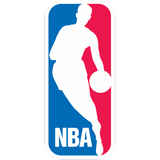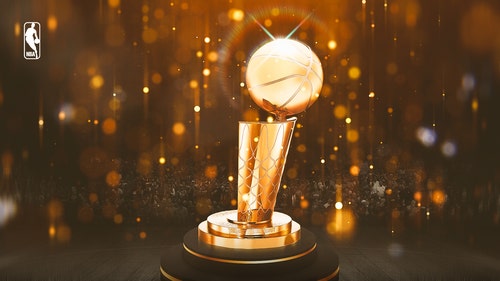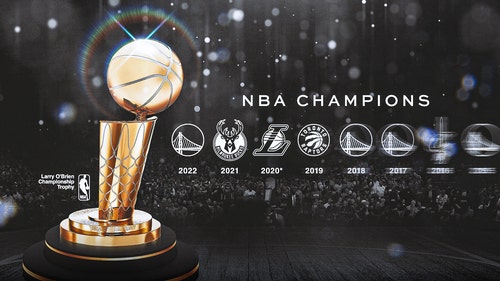
Workouts used as a strategy to manipulate NBA draft position
SALT LAKE CITY (AP) Being a lottery pick and getting guaranteed money was not enticement enough for some players to work out for the Utah Jazz.
The team sent out invitations, but several players expected to go early in Thursday night's NBA draft declined.
The Jazz were snubbed, no question. But they are not alone. As part of the process to find the ideal situation for their clients, agents withhold players from workouts.
There's a risk/reward factor for a player not to showcase his talents to as many teams as possible - unless you're early round locks like Ben Simmons and Brandon Ingram. Nonetheless, the Jazz - who had a lottery pick before trading out of the first round on Wednesday - struggled to schedule workouts with those expected to be lottery picks.
''The agents are holding their players back a little bit more this year, making sure they're in position before they go out for workouts,'' said Jazz vice president of player development Walt Perrin, who did not name players who declined Utah invitations. ''It seems like some of them are being very selective in where they're sending'' guys.
''The last four years in the lottery, because we have Gordon (Hayward), because Rudy (Gobert) has come on, because we have Derrick Favors, because of Dante (Exum), because of Rodney Hood - it's tough to get guys in because their agency, they don't see a starting spot for them.''
Not that declining a workout gives a player any leverage.
Perrin said they worked out just four to six players that were realistically considered top 12 picks, but the Jazz haven't hesitated to take a player they didn't worked out. Their 2015 first-round pick Trey Lyles worked out for the team, but the three previous first-rounders - Exum, Hood, and Trey Burke - did not.
Different agents and players take different approaches to pre-draft workouts, depending on priorities.
Some agents want their clients selected as high as possible and are focused on the biggest guaranteed paycheck. Others concentrate more on the situation and getting their player in an environment where they can get playing time sooner, and possibly bigger contracts later. Agents have stronger relationships with various team officials, front office executives and coaches and may want to get their client into a specific environment that they believe will best grow and develop talent - regardless if that's the No. 11 pick or No. 16.
Workouts are the only part of the process an agent completely controls - where a player works out and the type of workout. They can try to manipulate, but as the Jazz and other teams have shown: NBA organizations can, and will, choose whoever they feel is the right fit for them.
But workouts are only a piece of the puzzle NBA teams use when putting together draft boards. Game tape carries significant weight. The medical report is another vital piece of information. Scouts have gathered info by visiting campuses and attending practices. The player interviews during a workout may be of more value in certain instances than the actual on-court portion.
National player of the year Denzel Valentine worked out for the Jazz, the first of only four scheduled workouts for him. He also worked out for the Chicago Bulls, Milwaukee Bucks and Orlando Magic. The Michigan State standout explained that his agent had identified the Jazz as a potential landing spot. He's expected to go anywhere from late lottery to the late 20s.
Vanderbilt guard Wade Baldwin held seven workouts and acknowledged that there was a plan in place.
''I feel like I can fit in any of the 30 teams in the NBA,'' Baldwin said. ''But (my agent) laid out a plan. Mark Bartelstein is one of the best agents in America. ... He's been doing this 27 years and I put full trust in him.''
But a good workout can certainly help a player's bottom line.
Lyles made just four 3-pointers in his lone year at Kentucky, but showed the Jazz he had range during his workout. His Jazz stock went up. He played in 80 games as a rookie and shot 38.3 percent on a 128 3-point attempts.
When the dust settles Thursday night, there will be report cards on winners and losers.
Workouts or no workouts, the draft process is more art than science and there are no guarantees for anyone.
---
AP Basketball Writer Brian Mahoney in New York contributed to this article.








